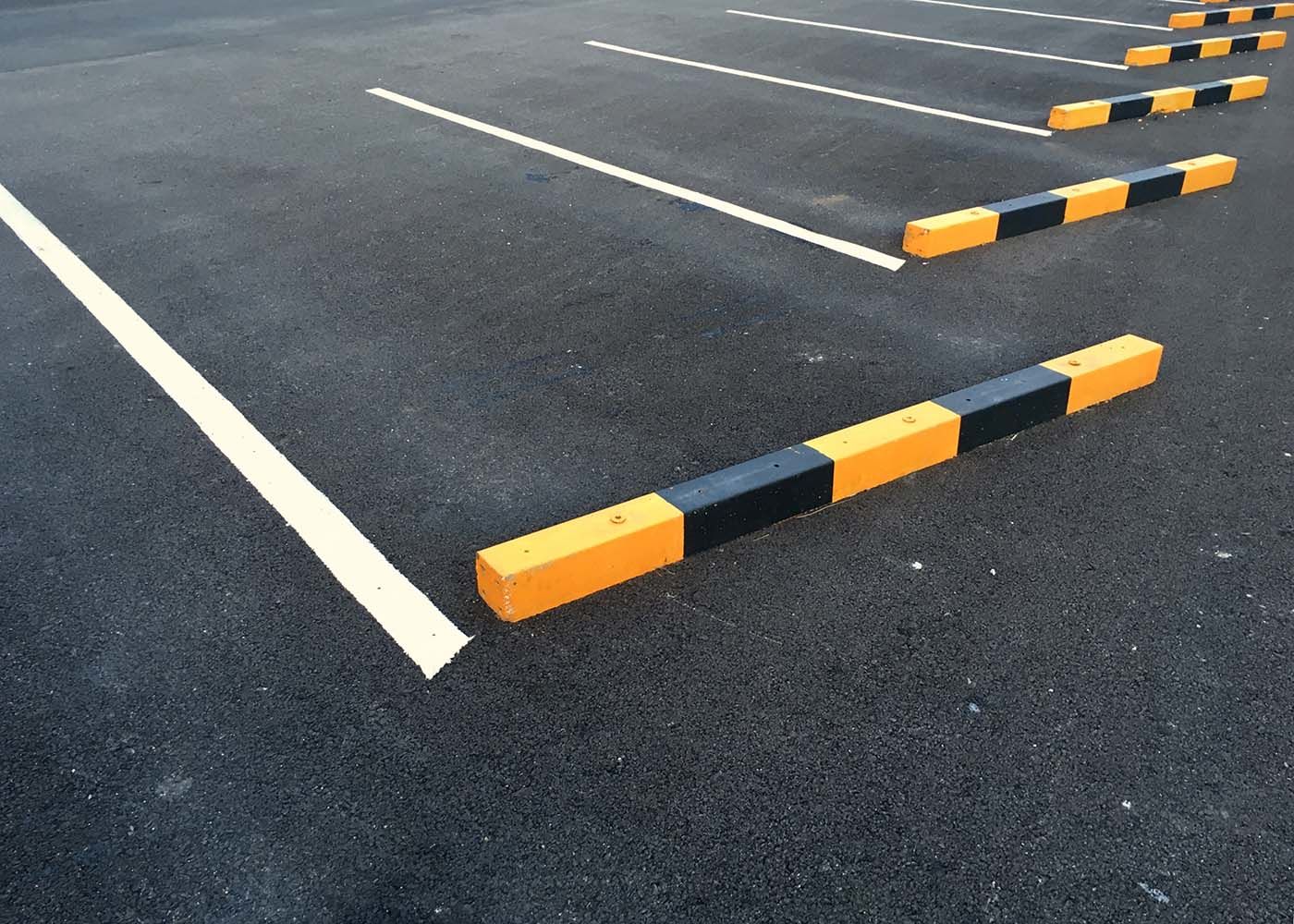Line markings are a public safety tool to inform drivers and pedestrians. It is a safety guidance instrument that ensures our car parks and roads are safe. It is also a legal requirement in a variety of places, from public roads and parking areas to business properties. If you are legally required to use line marking paint to ensure the safety of your clients and customers, then it is vital you get the job done right the first time. The benefit of this isn’t just to public safety, it’s also more cost-effective to ensure your lines last for many years to come. The paint you choose and the application you opt for will have a major say in how well your lines hold up.
Line Marking Preparation
The first step in the process is surface preparation. If there are existing line-markings or other paintwork, they need to be removed. The paint used to mark lines is durable so, this isn’t the simplest task. You might need to consider diamond grinding or shot blasting or pressure washing to ensure it has been properly removed. But the removal solution you opt for will depend on the surface you plan to paint. By cleaning the surface you ensure your new paint job is finished neatly and professionally. It will also allow the new paint to properly adhere.
If there are cracks, gaps or potholes on the surface, you will need to make repairs to ensure straight lines. It is a time-consuming part of the process because you can’t proceed with your markings until your repairs have been fully set. The key to high-quality line markings is a smooth surface.
Before you proceed with your markings, you will need to clean the surface. Any oil stains or grease spots should be lifted and given time to dry before painting.
Line Marking Application
A primer isn’t an essential step in the process, but it can be a helpful one. If you are dealing with a particularly uneven or rough surface, then a primer might be a smart move. Primer will help ensure you get good results by preparing the surface for maximum adhesion. If you do use a primer, you will need to apply it in advance and give it plenty of time to set before you start the line marking process. You will also need to ensure you have selected the correct primer for the surface you are working with and the type of line marking paint you have chosen.
Once you have completed the steps above, you can proceed with the line marking itself. Adequate preparation is the only way to ensure your line markings are neat, straight, and built to last. If you don’t follow the proper preparation steps, you will end up having to reapply the lines annually, which is a cost that will quickly add up.
Contact Us For Your Free Quote
Line-marking is a job you can do yourself, but it’s a high stakes game if you get it wrong. As experts in the industry, we are familiar with the rules and regulations surrounding line-markings. So, we can help ensure you remain legally compliant and provide you with a high-quality service.
If you have a line marking project coming up, you can contact us to receive a free quote. If you want line markings that will last, we can handle the process from preparation to completion. We offer high-pressure cleaning, epoxy coating services, traffic signage, line marking removal, and line marking.


